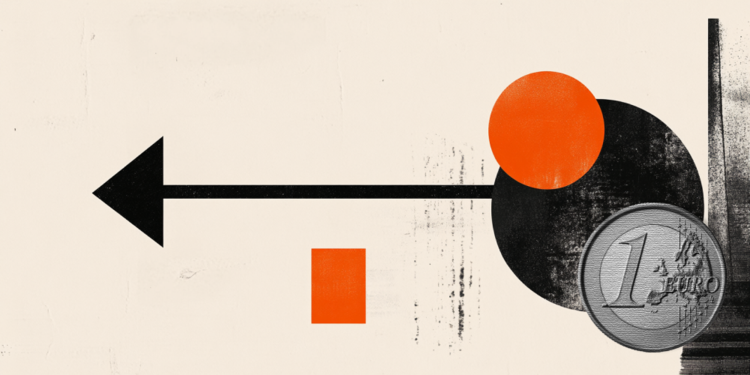- EUR/USD is trading in positive territory for the second consecutive day around 1.0835 in the Asian session on Thursday.
- The Fed left interest rates unchanged on Wednesday, but Chairman Jerome Powell signaled that the Fed’s September meeting could lead to rate cuts.
- Eurozone inflation rises to 2.6% year-on-year in July.
The EUR/USD pair bounces to near 1.0835 during the Asian session on Thursday. The weaker US Dollar (USD) overall after the Federal Reserve (Fed) interest rate decision provides some support to the major pair. The US ISM Manufacturing PMI data for July will be the highlight of Thursday.
The Fed kept its benchmark interest rates in a 23-year high range of 5.25%-5.50% on Wednesday, as widely expected. The federal funds rate has been at this level since July 2023 as part of the Fed’s work to rein in inflation back to the Fed’s target.
With “some further progress” on inflation, Fed Chair Jerome Powell said a cut in September “could be on the table.” This, in turn, has put some selling pressure on the USD and created a tailwind for EUR/USD.
Across the Atlantic, inflation in the Eurozone rose again in July, raising doubts about possible interest rate cuts by the European Central Bank (ECB) in September. Data released on Wednesday by Eurostat showed that preliminary estimates of the Harmonized Index of Consumer Prices (HICP) in the Eurozone rose by 2.6% year-on-year in July, compared with 2.5% in the previous month. This figure exceeded the estimate of 2.4%. In response to the data, the Euro is attracting some buyers as traders reconsider the likelihood of the ECB cutting interest rates at its meeting on September 14.
Euro FAQs
The Euro is the currency of the 20 European Union countries that belong to the Eurozone. It is the second most traded currency in the world, behind the US Dollar. In 2022, it accounted for 31% of all foreign exchange transactions, with an average daily volume of over $2.2 trillion per day. EUR/USD is the most traded currency pair in the world, accounting for an estimated 30% of all transactions, followed by EUR/JPY (4%), EUR/GBP (3%) and EUR/AUD (2%).
The European Central Bank (ECB), based in Frankfurt, Germany, is the reserve bank of the Eurozone. The ECB sets interest rates and manages monetary policy. The ECB’s main mandate is to maintain price stability, which means controlling inflation or stimulating growth. Its main instrument is to raise or lower interest rates. Relatively high interest rates – or the expectation of higher rates – generally benefit the Euro and vice versa. The Governing Council of the ECB takes monetary policy decisions at meetings held eight times a year. Decisions are taken by the heads of the national banks of the Eurozone and six permanent members, including ECB President Christine Lagarde.
Eurozone inflation data, as measured by the Harmonised Index of Consumer Prices (HICP), is an important econometric data point for the euro. If inflation rises more than expected, especially if it exceeds the ECB’s 2% target, the ECB is forced to raise interest rates to bring inflation back under control. Relatively high interest rates compared to their peers usually benefit the euro, as it makes the region more attractive as a place for global investors to park their money.
Data releases measure the health of the economy and can influence the Euro. Indicators such as GDP, manufacturing and services PMIs, employment and consumer sentiment surveys can influence the direction of the single currency. A strong economy is good for the Euro. Not only does it attract more foreign investment, but it can encourage the ECB to raise interest rates, which will directly strengthen the Euro. Conversely, if economic data is weak, the Euro is likely to fall. Economic data from the four largest Eurozone economies (Germany, France, Italy and Spain) are especially significant, as they account for 75% of the Eurozone economy.
Another important output for the euro is the trade balance. This indicator measures the difference between what a country earns from its exports and what it spends on imports during a given period. If a country produces highly sought-after export products, its currency will appreciate due to the additional demand created by foreign buyers who wish to purchase these goods. Therefore, a positive net trade balance strengthens a currency and vice versa for a negative balance.
Source: Fx Street
I am Joshua Winder, a senior-level journalist and editor at World Stock Market. I specialize in covering news related to the stock market and economic trends. With more than 8 years of experience in this field, I have become an expert in financial reporting.







